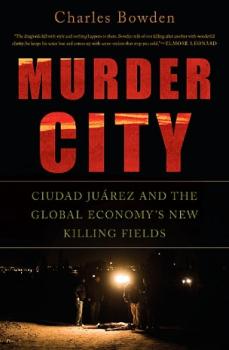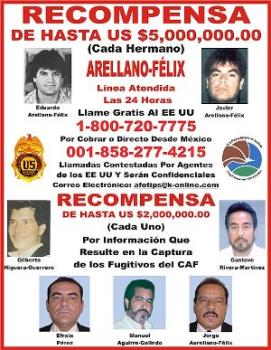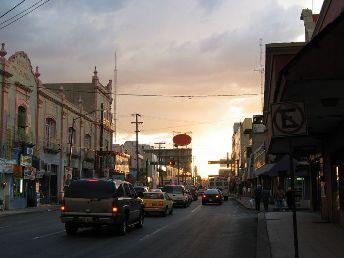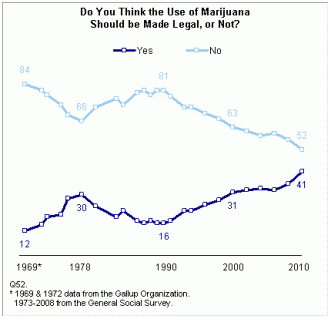The
Winds of Change: Drug Policy in the World opened yesterday in Colonia Napoles, a ritzy area of Mexico City. I would have blogged about it yesterday, but I was in the conference all day long, and in the evening, I attended a related event where they plied us with wine, so I never got around to it.
Former Mexican foreign minister Jorge Castaneda got it all started in fine provocative form. He suggested during the opening session that Mexico needs to go back to the "good old days" of rule by the Institutional Revolutionary Party (PRI), at least when it comes to dealing with drug trafficking organizations.
The PRI, of course, ruled Mexico in a virtual one-party state for 70 years before being defeated by Vicente Fox and the conservative National Action Party (PAN) in the 2000 elections. It was widely (and correctly) seen as not fighting the drug trade so much as managing it. Fox, under whom Castaneda served, started to move against the cartels, and his successor, Calderon, accelerated the offensive by bringing in the military in a big way. The result has been a bloody disaster, with Mexico being wracked by an ever mounting death toll as the army and federal police wage war on the so-called cartels, the cartels wage war on the police and the army, and when they're not busy killing cops and soldiers, turn their guns on each other. And the drugs keep flowing north and the guns and cash keep flowing south.
Perhaps it is time to return to a quiet arrangement with the cartels, Castaneda suggested. "How do we construct a modus vivendi?" he asked. "The Americans have a modus vivendi in Afghanistan," he noted pointedly. "They don't care if Afghanistan exports heroin to the rest of the world; they are at war with Al Qaeda."
Castenada's comments on Afghanistan rang especially true this week, as American soldiers push through poppy fields in their offensive on Marja. The US has made an explicit decision to arrive at a modus vivendi with poppy farmers, although it still fights the trade by interdiction and going after traffickersâor at least those linked to the Taliban. President Karzai's buddies, not so much.
Casteneda also came up with another provocative example, especially for Mexican leftists in the audience. "We had a modus vivendi with the Zapatistas in Chiapas," he noted. "We also pretended they were real guerrillas with their wooden rifles. We created a liberated zone, and the army respected it, and it's still there. But it is a simulationâthe army could eliminate it in 90 seconds."
And in yet another provocative comment on the theme, Casteneda suggested that somebody may already have arrived at a modus vivendi with the Sinaloa Cartelâa suggestion that is getting big play in Mexican newspapers these days. "Why is it that of the 70,000 drug war prisoners in Mexico, only 800 are Chapo Guzman's men?" he asked. "Many people think the government has made a deal with the Sinaloa cartel. I don't know if it's true."
This isn't the first time Castaneda has made provocative statements in recent months. At the Drug Policy Alliance conference in Albuquerque in November, he said bluntly that the
Mexican military is committing extrajudicial executions of drug gang members and blithely repeated the charge when called on it.
All of the Mexicans I've been talking to think Castaneda has political ambitions. Perhaps he's angling for a cabinet appointment in the next presidency or perhaps he's getting ready to run for political office himself. In any case, he certainly has no problem stirring things up when it comes to making allegations about what's going on beneath the surface in Mexico's drug war.
Stay tuned for some more blog posts about the conference, which ended just a couple of hours ago. Now that it's done, I have some time to write about it.



